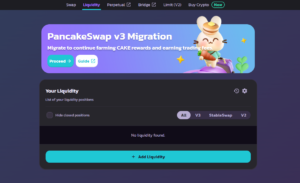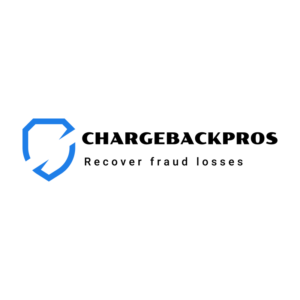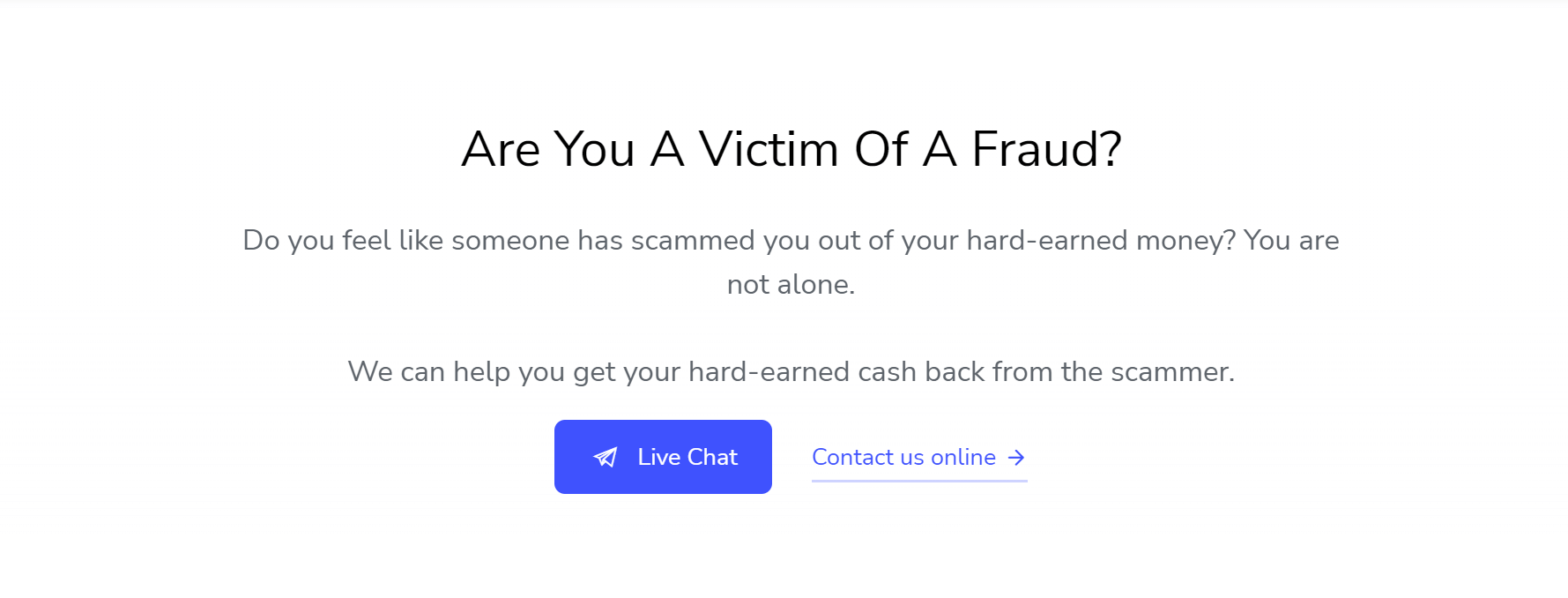A Guide to ACH Return Codes
For merchants and customers who want to avoid dealing with the credit card payment system, Automated Clearing House payments can seem like an obvious alternative. They’re affordable, easy to use, and don’t require registration with any third-party platforms.
However, they are not without their own risks, and it is not uncommon for ACH payments to fail for one reason or another. When this occurs, the receiving financial institution will send back a code that explains why the payment was rejected. What are ACH return codes, and when is it safe to retry a failed payment?
- What are ACH Return Codes?
- What ACH Return Codes Should Merchants Know?
- What are the Consequences of an ACH Return?
- Conclusion
Bank-to-bank transfers that go through the Automated Clearing House (ACH) Network are becoming increasingly widespread in e-commerce.
Last year saw 29.1 billion ACH payments with a total value of $72.6 trillion, with the B2B and healthcare sectors experiencing some of the highest growth rates.
With credit cards carrying significant downsides for both merchants and customers, it’s not surprising that many have turned to ACH payments. They’re accessible to anyone with a bank account and can be processed for a low flat rate.
In the rush to embrace ACH payments, some have overlooked its hazards, such as the potential for fraud, disputes, and the problems that can arise when a payment fails to go through. Merchants who accept ACH payments should have a plan in place for when payments are returned to the sender, and familiarize themselves with the various ACH return codes that explain why the payment was rejected and how it can be corrected and retried.
What are ACH Return Codes?
When an ACH payment cannot be completed, the bank that was supposed to receive the payment will send back a return code indicating the reason why it didn’t go through.
ACH payments are carried over a network managed by the National Automated Clearing House Association (NACHA). This organization sets the rules, standards, and terminology for ACH payments, including the return codes.
When a transfer cannot be processed, NACHA requires the receiver’s bank (the Receiving Depository Financial Institution, or RDFI) to send an explanatory return code to the sender’s bank (the Originating Depository Financial Institution, or ODFI) within a specified timeframe.
There are more than eighty different ACH return codes. Each one starts with the letter “R” and is followed by two digits. The ODFI can pass the information from the return code on to their customer, the originator of the transfer, so they can decide whether to try ACH again or use a different payment method.
What ACH Return Codes Should Merchants Know?
Knowledge is power, but memorizing every single ACH return code might be overkill. Here are some of the codes that are most likely to come up in e-commerce.
The following codes must be returned within two business days:
- R01 – Insufficient Funds: The originator does not have enough money in their account to cover the ACH transfer. The receiver can retry it up to two times, as a new transaction, within 30 days of the original authorization date.
- R02 – Account Closed: The account is no longer active. The transfer cannot be retried.
- R03 – No Account, or Unable to Locate Account: The account number appears valid but is not associated with the customer name or is not otherwise accessible. If this occurred because the account number was keyed incorrectly, the receiver can try again with a new transaction.
- R04 – Invalid Account Number: The account number is structured incorrectly (for example, it may contain the wrong number of digits). The receiver needs to obtain the correct account number before retrying the transfer.
- R08 – Payment Stopped: The receiver has asked the RDFI to stop the transfer. It can be retried with the originator’s authorization.
- R09 – Uncollected Funds: Due to uncollected checks, the originator does not have sufficient available funds in their account to cover the ACH transfer. The receiver can retry it up to two times, as a new transaction, within 30 days of the original authorization date.
- R16 – Account Frozen: The funds are not available due to legal action or decisions made by the RDFI. The transfer cannot be retried while the account is frozen.
These codes have a 60 calendar day timeframe for return. They are used for ACH disputes and other issues that may not be immediately evident:
- R05 – Unauthorized Debit Entry: The account holder has submitted a written statement claiming that the transfer was not authorized. The RDFI will block further transfer attempts against this account until the account holder instructs them to lift the block. The transfer cannot be retried.
- R07 – Authorization Revoked by Customer: The originator previously gave authorization for ACH transfers, but has since submitted a written statement revoking that authorization. The receiver can no longer process transactions to this account and must stop all scheduled payments and recurring billings.
- R10 – Originator is Not Known to Receiver, or Originator is Not Authorized to Debit Receiver’s Account: The receiver does not have a business relationship with the originator or has not authorized the originator to debit their account. The receiver has fifteen days from receipt of an unauthorized debit entry to request credit from their RDFI.
- R11 – Entry Not in Accordance with the Terms of the Authorization: The amount was incorrect, the timing of the transfer was outside the authorization date range, or there were issues with the source documents or some other error with the transfer. The originator can correct the information on their end and submit a new entry without needing new authorization.
What are the Consequences of an ACH Return?
An ACH return code not only means that a payment has failed, but it also incurs a fee (usually just a few dollars, charged to the originator in most cases). Like credit card disputes, ACH returns are monitored.
To maintain compliance with NACHA regulations, businesses that process ACH transactions must keep their rates of various return codes under certain thresholds, based on the previous 60 days of activity:
- Overall returns (all codes): 15%.
- Administrative returns (R02, R03, R04): 3%.
- Unauthorized returns (R05, R07, R10, R29, R51): 0.5%
If you believe you have received an ACH return in error, you can contact your bank. In some cases, errors can be resolved and reversed, but there is no equivalent to chargeback representment when it comes to ACH returns. For the most part, returns are final, and if a payment fails and you believe the customer still owes you money, you have to resolve it with them directly.
Conclusion
ACH payments can be a helpful option for merchants to keep in their toolbox, especially for large transactions such as B2B payments that would carry hefty fees if carried out by credit card.
You just have to keep in mind that while the ACH system doesn’t have a dispute mechanism as easy to use (and abuse) as the chargeback process, it does allow account holders to dispute unauthorized transactions.
Multi-factor authentication and other external security measures are a must if you want to conduct bank-to-bank fund transfers safely.
Thanks for following the ChargebackPros blog. Feel free to submit topic suggestions, questions, or requests for advice to: info@chargebackpros.org











